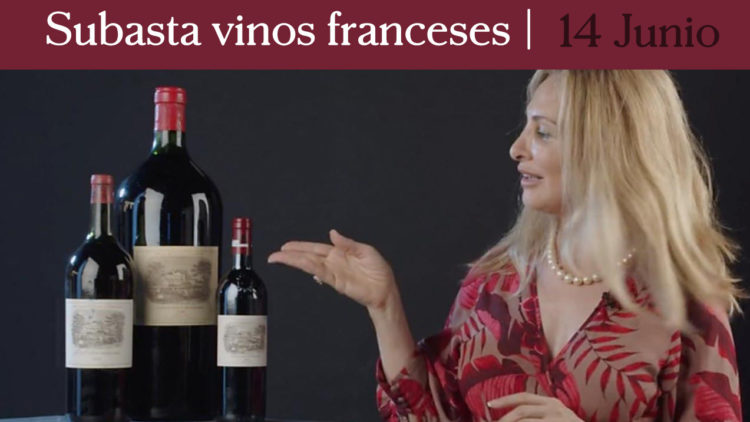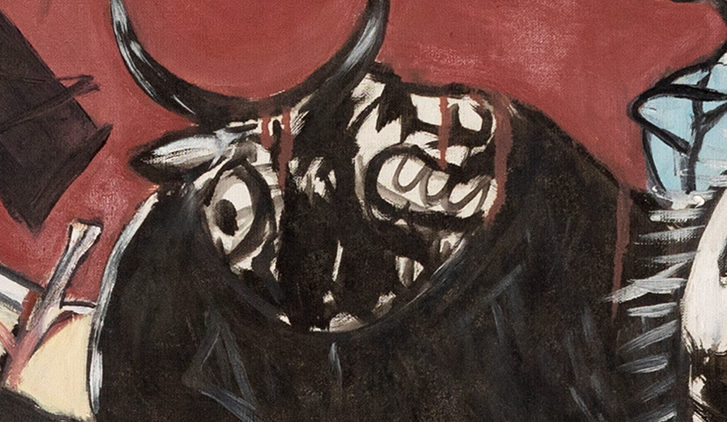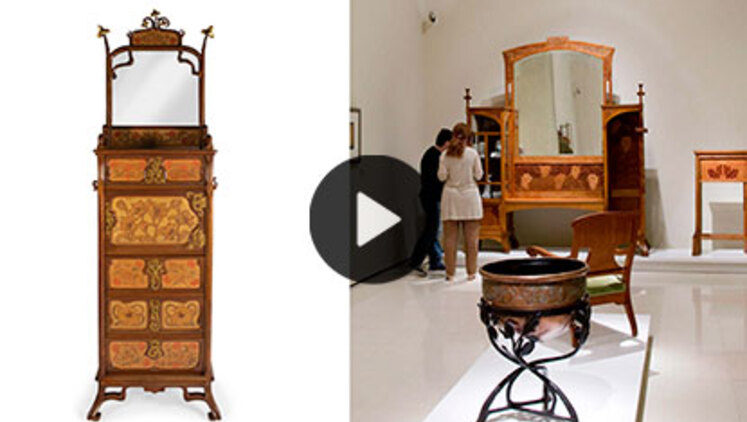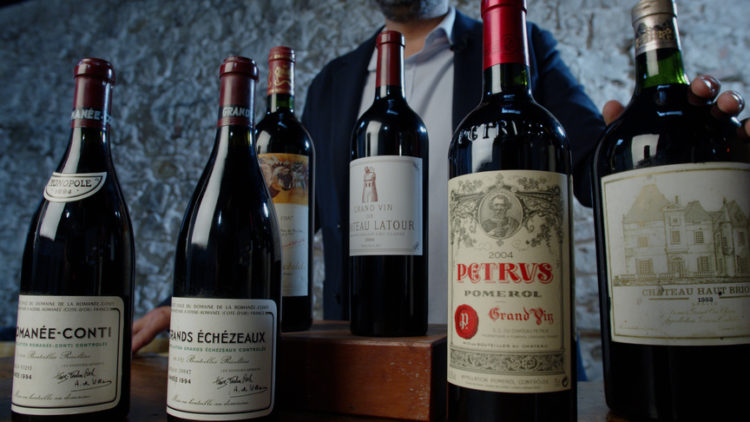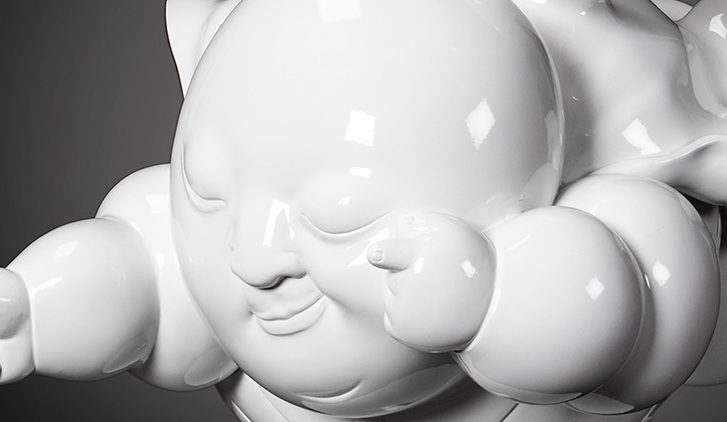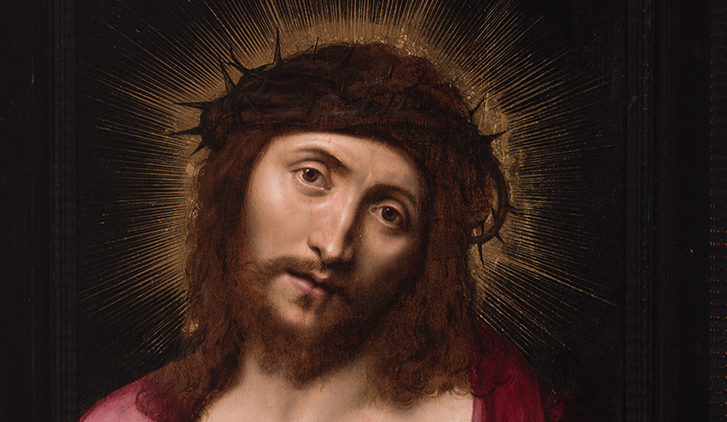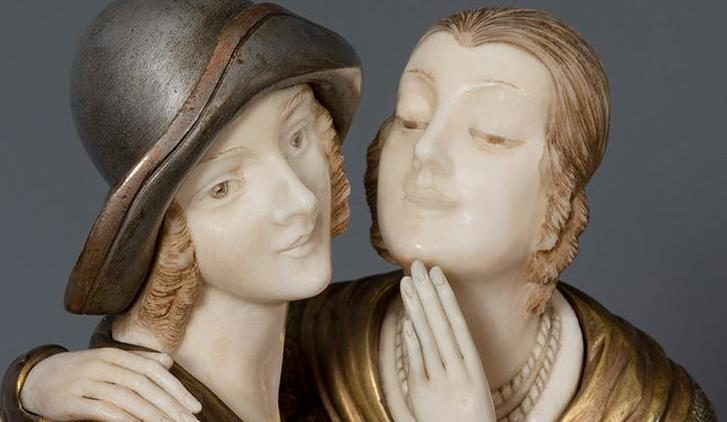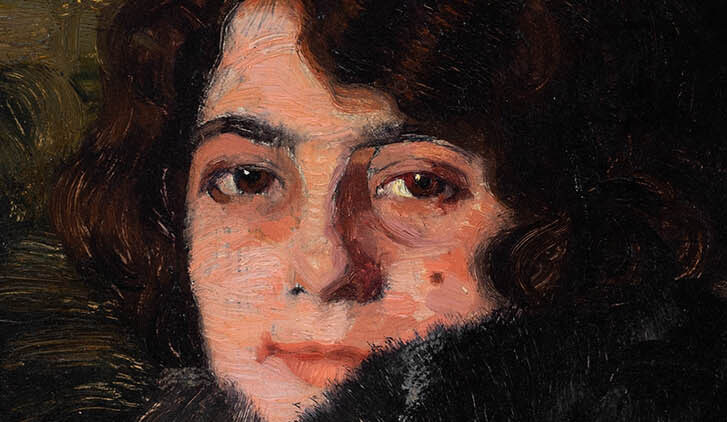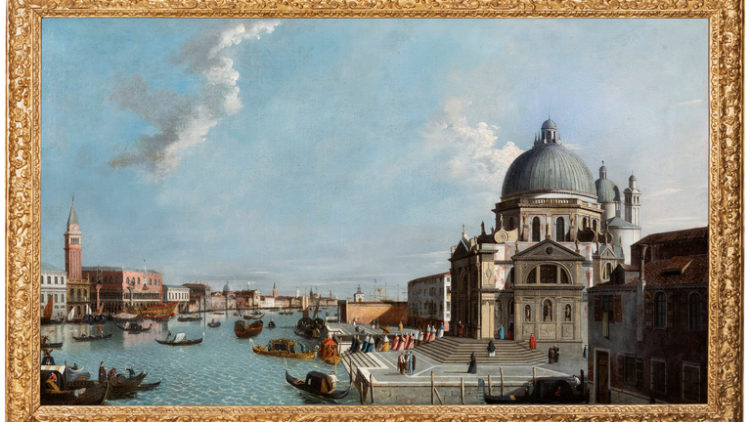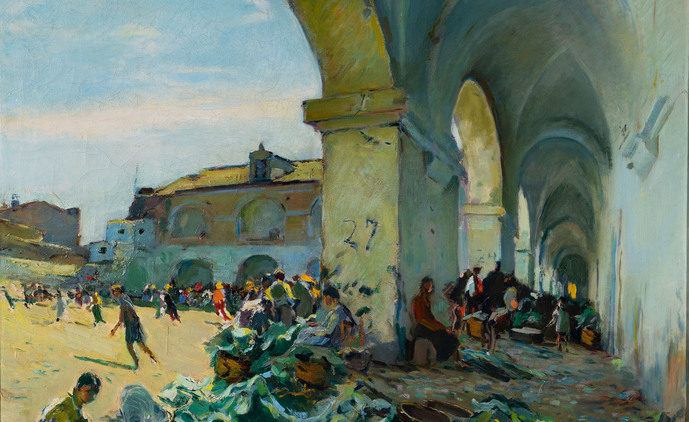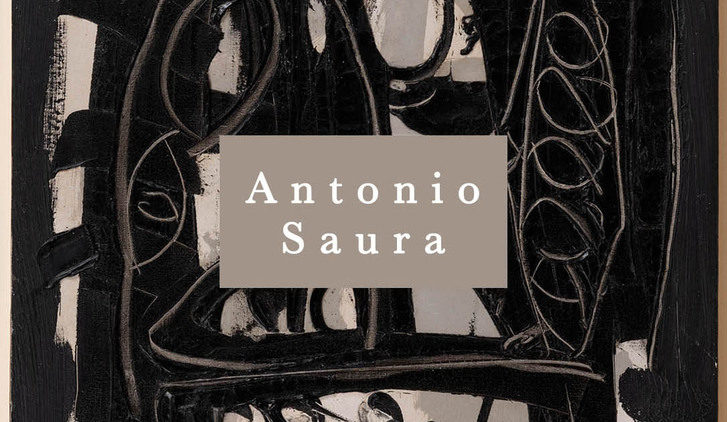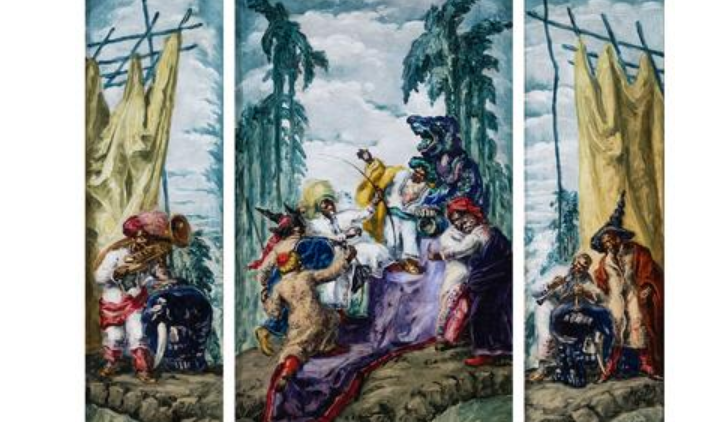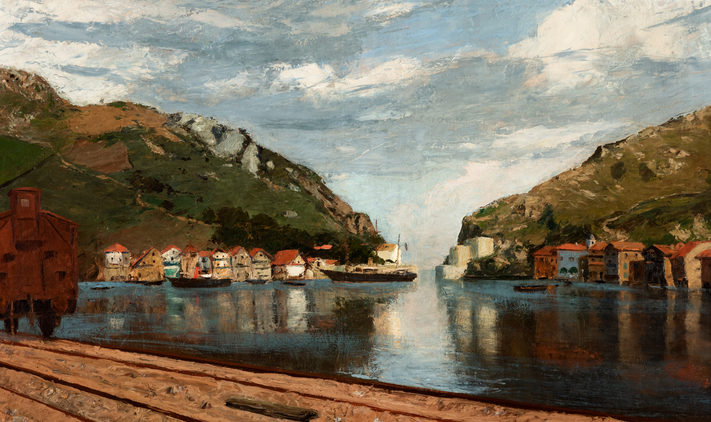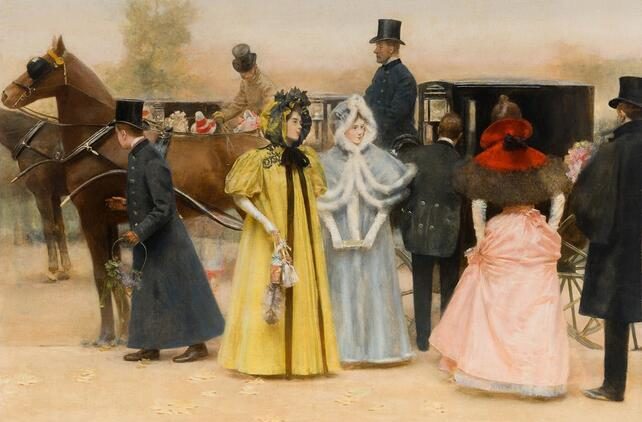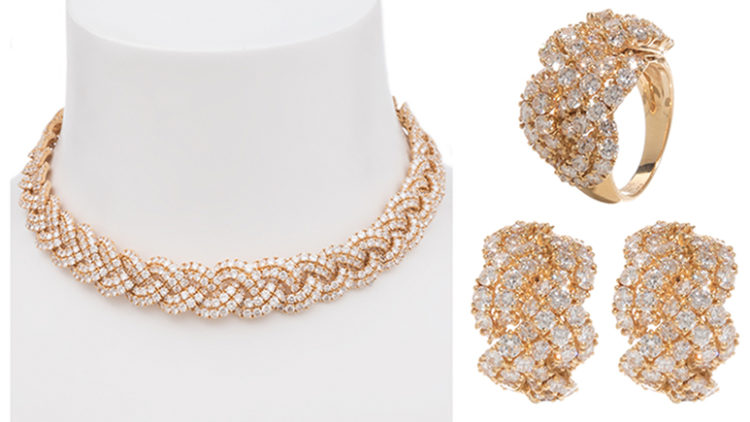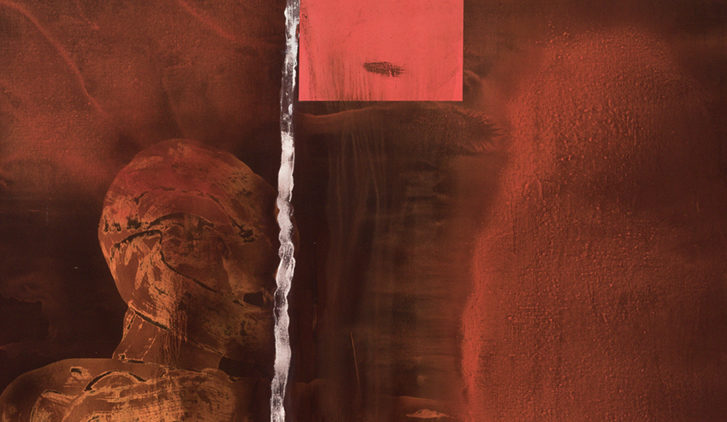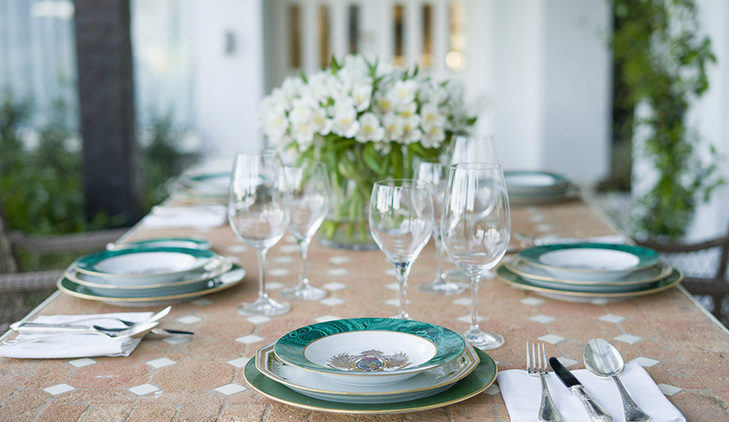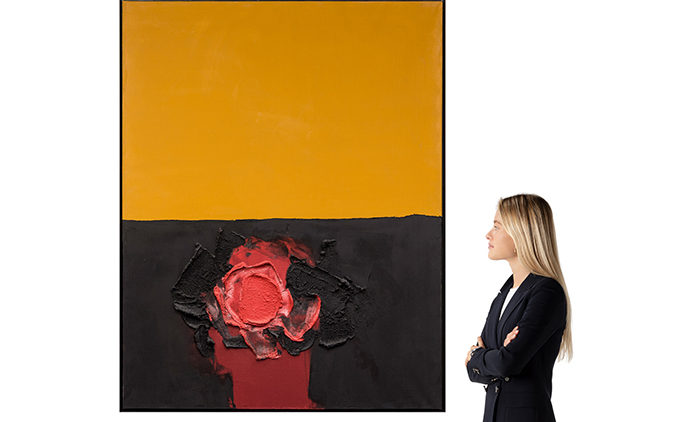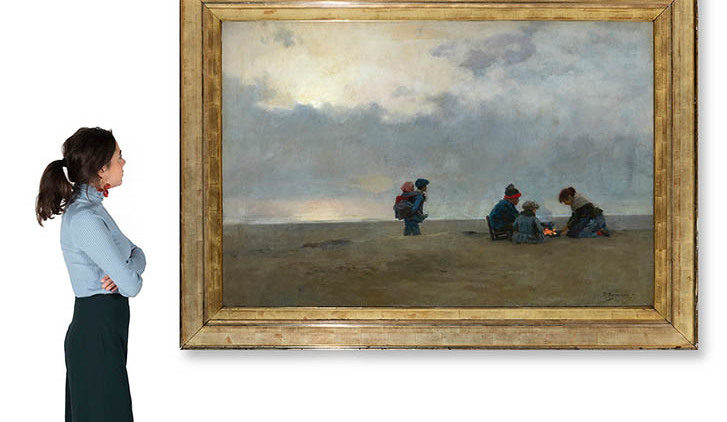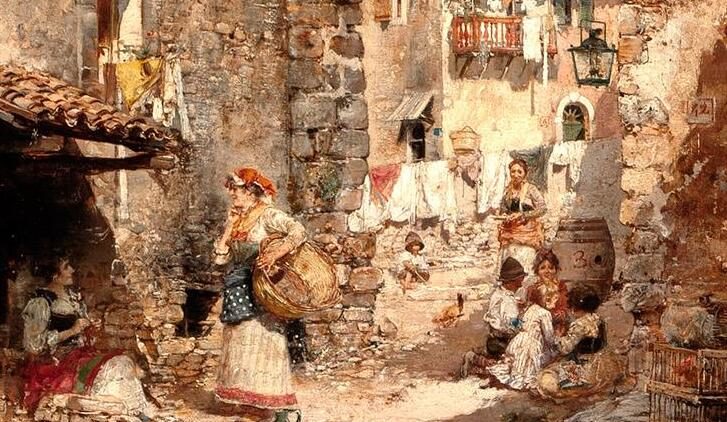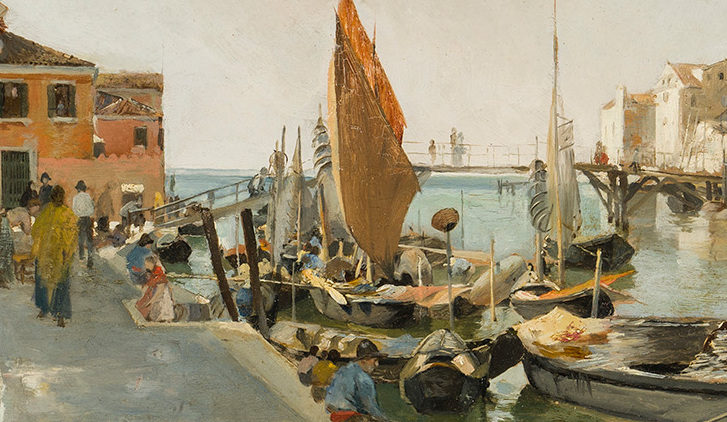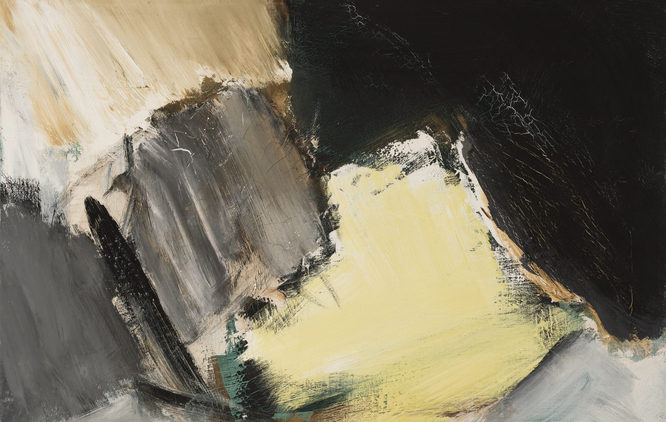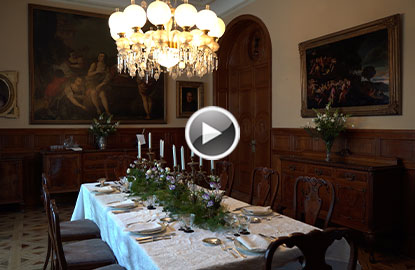Apart from current considerations, issues related to bullfighting have been projected in the plastic arts over several centuries, evidencing the deep roots that bullfighting poetry has exercised in the imaginary of countless renowned artists who did not hesitate to immortalize through his brushes, his particular conception of the bullfighting world. In this sense, Goya’s drawings and engravings mark a turning point in this type of representation dominated until then, due to its playful and friendly character. Later, the impressionist painters found in the bullfighting universe the perfect setting in which to transform color into light and crowds into spots and brushstrokes, where the square became a metaphor for the battle between life and death that it faces. the animal. Within the avant-garde period, we cannot fail to mention Pablo Picasso who, of all the bullfighting painters, was probably the most emblematic. Among the multiple themes that the artist explored throughout his life, his passion for bullfighting acquires a special significance that he reflected through multiple artistic practices.
The fascination that bullfighting aroused on a visual and aesthetic level has been synonymous with success within the international art market , where painters such as Sorolla, Zuloaga, Regoyos, Dalí or Botero have conquered the world of collecting. Without going any further, contemporary artists such as Miquel Barceló have reached their record price with works such as “Multero”, whose auction rose to 3 and a half million dollars. Other An outstanding case is undoubtedly that of Juan Barjola, who after achieving his best results thanks to unmistakable bullfighting such as those that we will tender in Setdart soon, has managed to stabilize and consolidate its value.


